| Intl. Notebook | Mar 28 2018 |

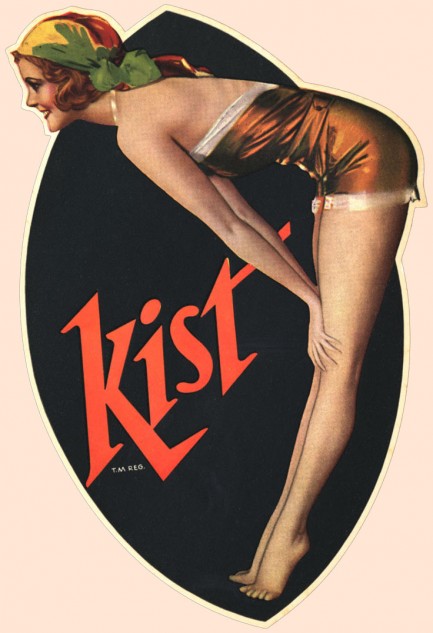
| Hollywoodland | Oct 26 2015 |

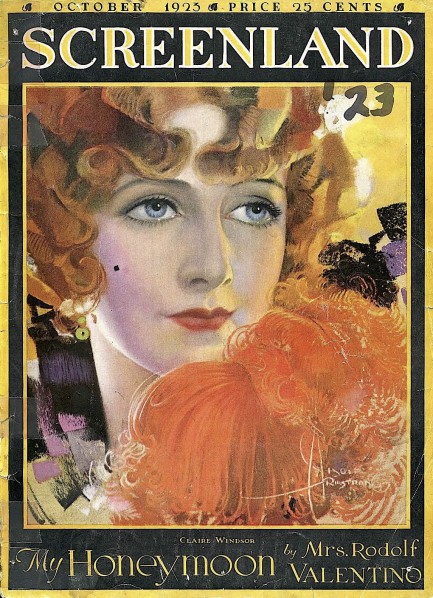
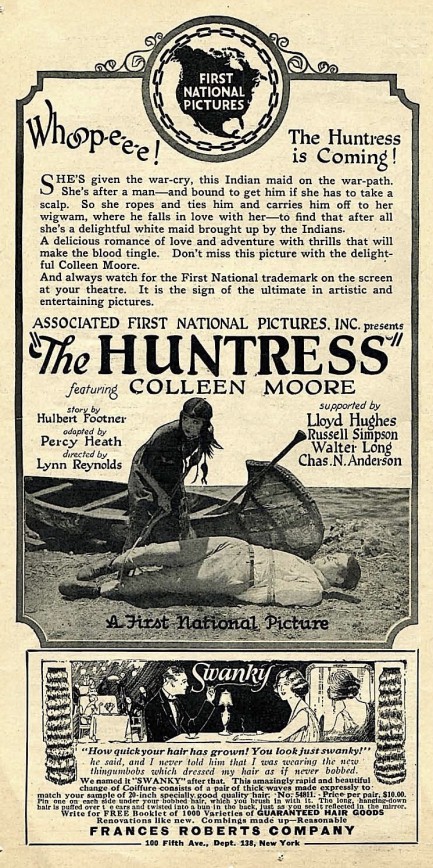
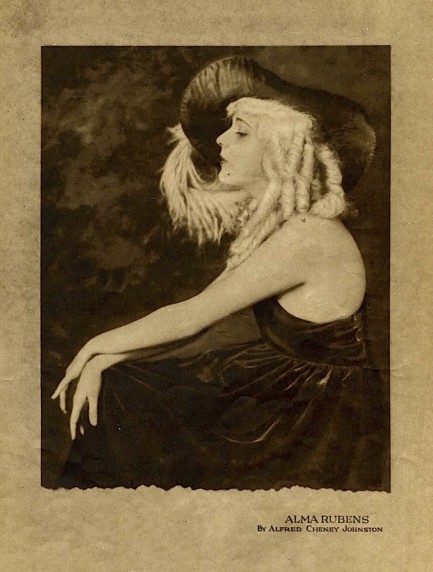
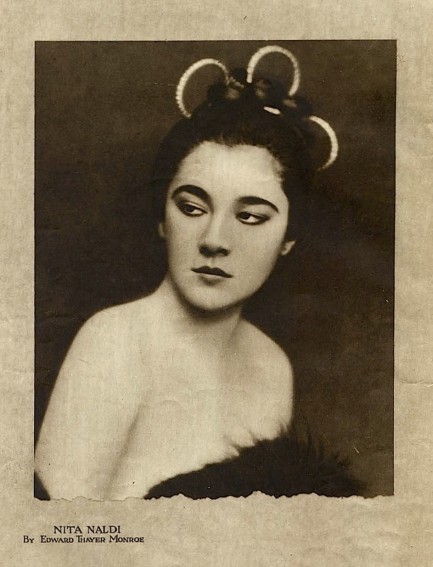
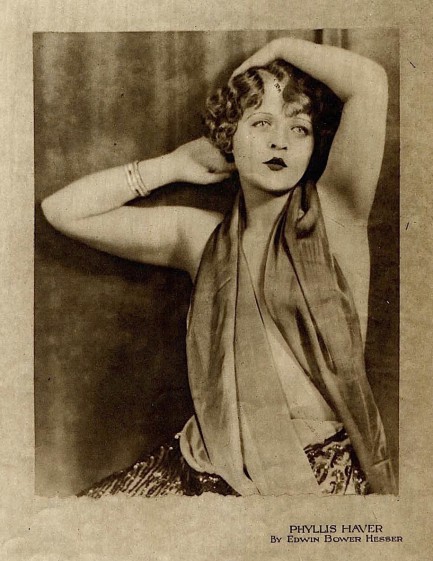
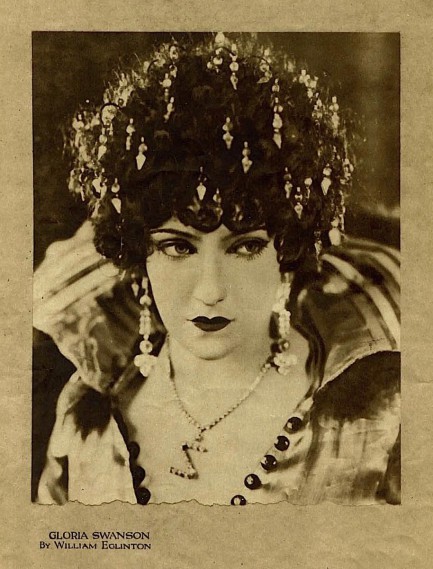
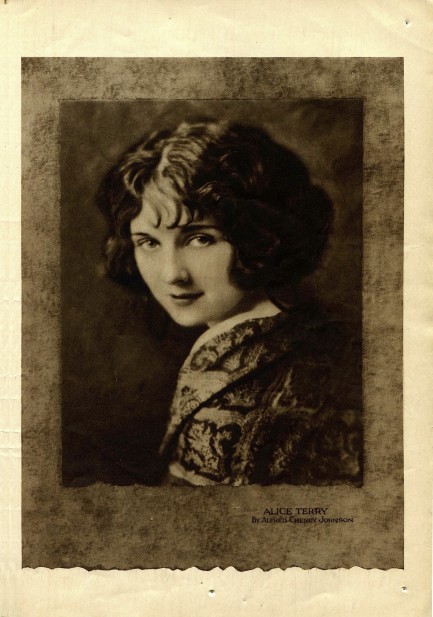
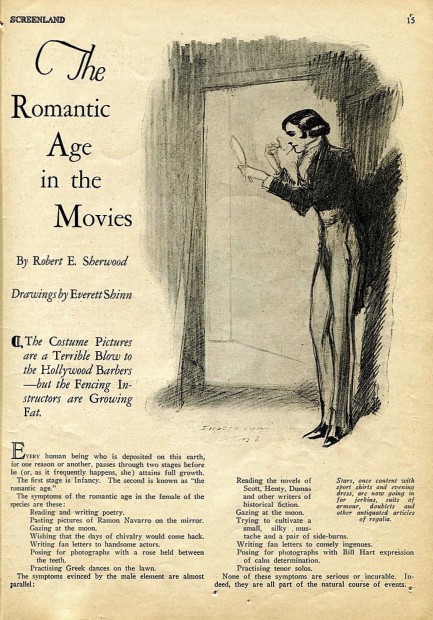
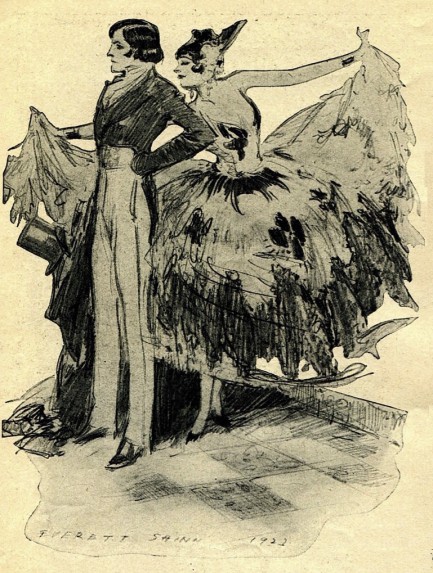
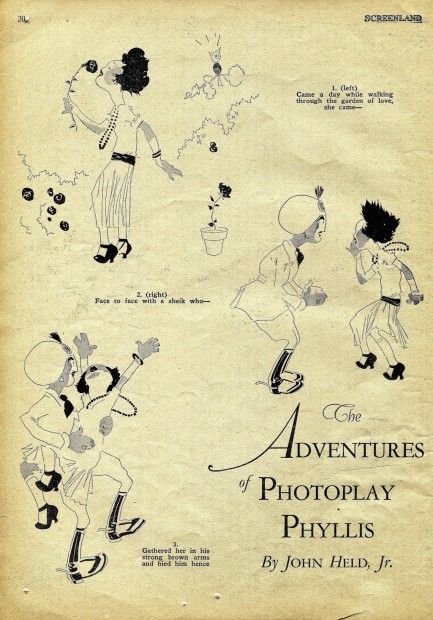
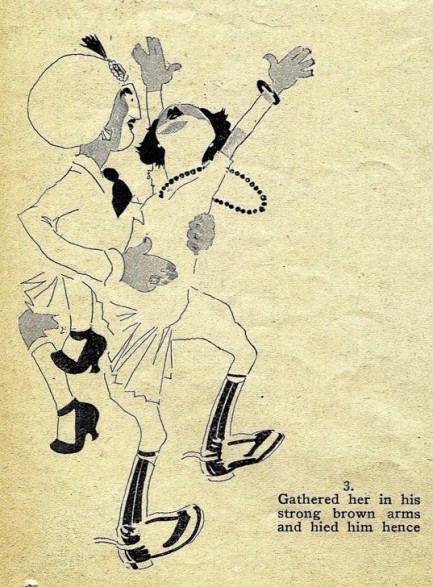
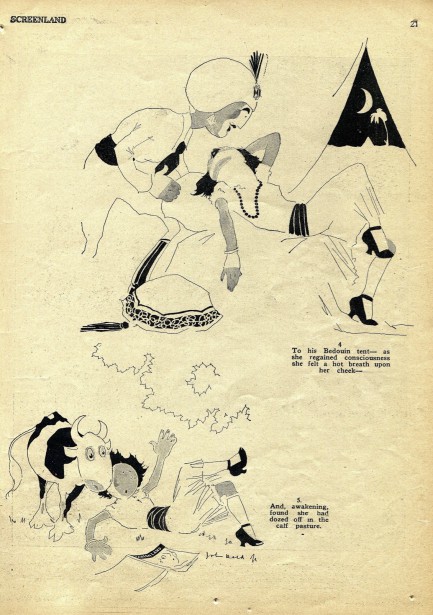
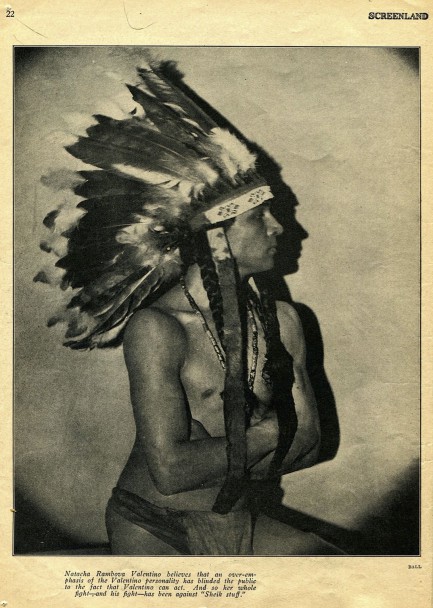
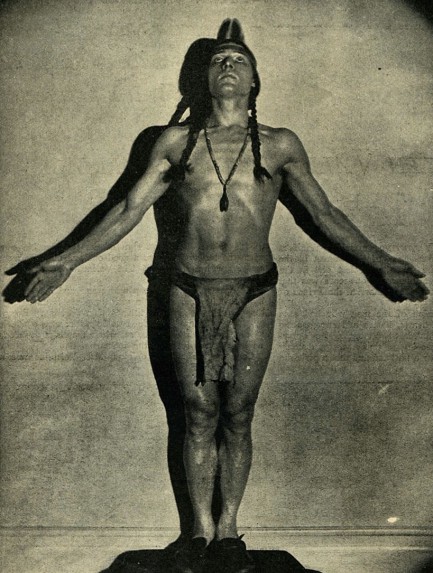
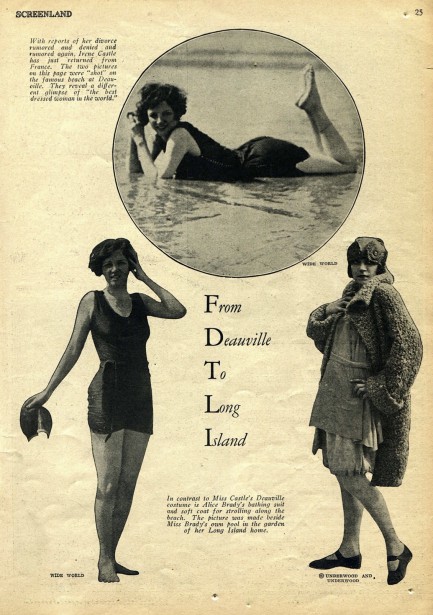
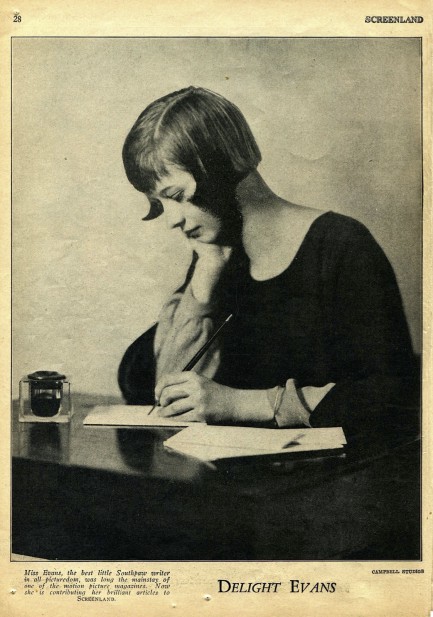
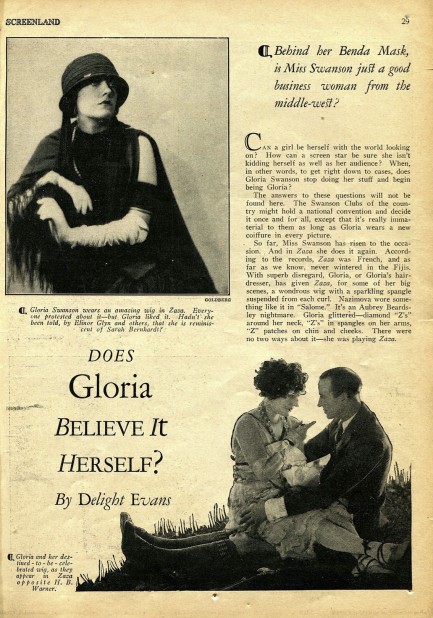
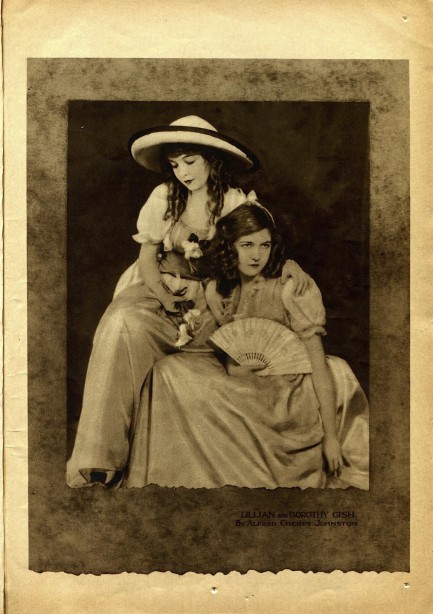
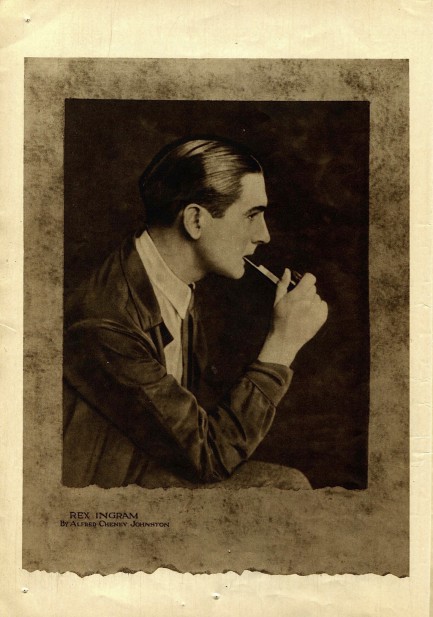
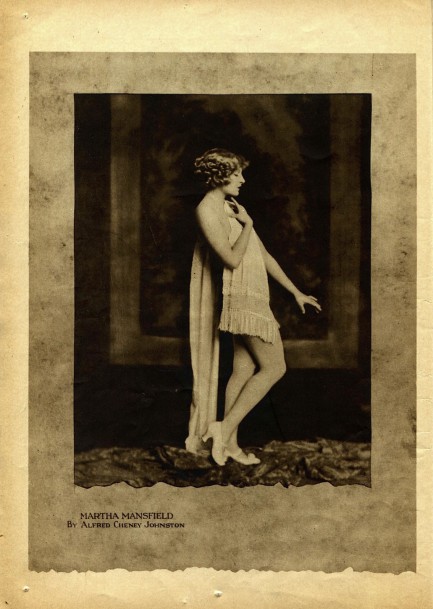
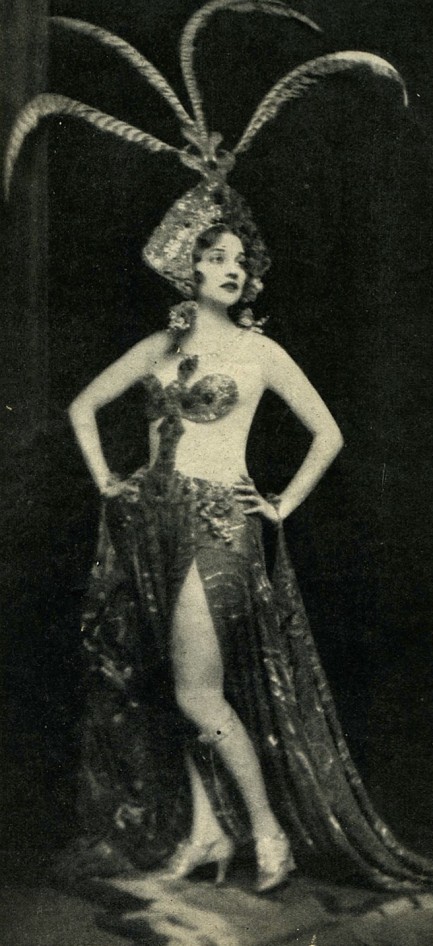
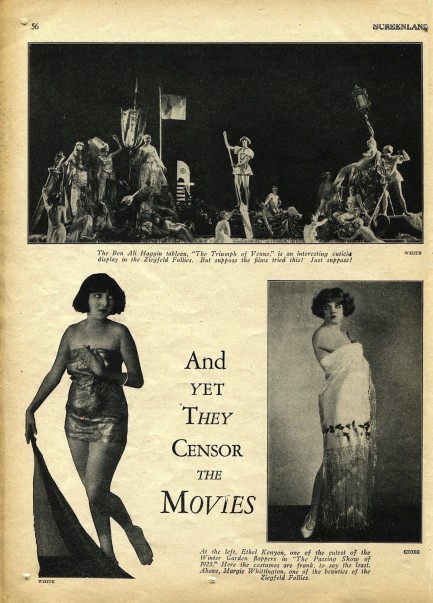
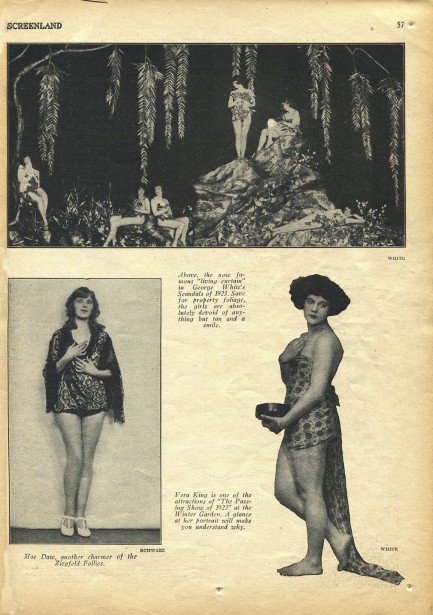
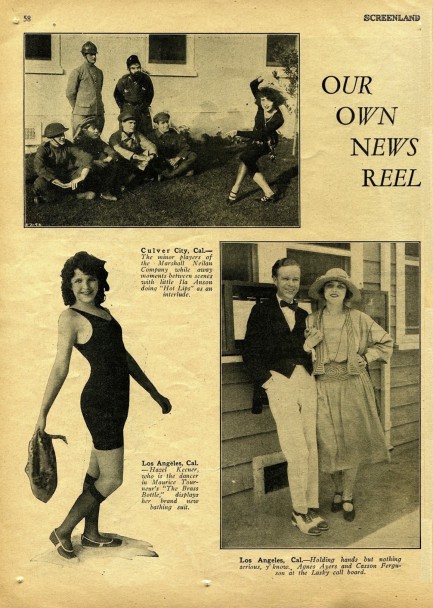
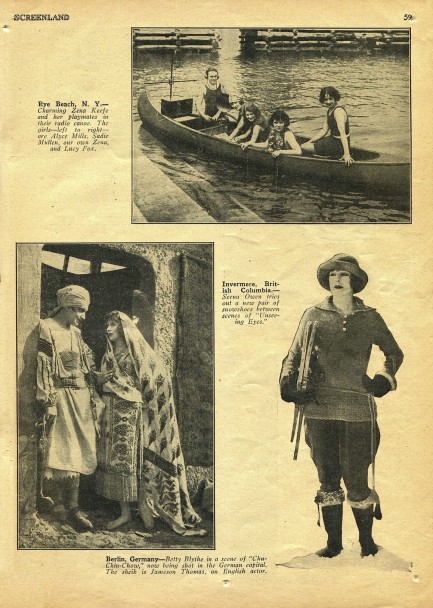
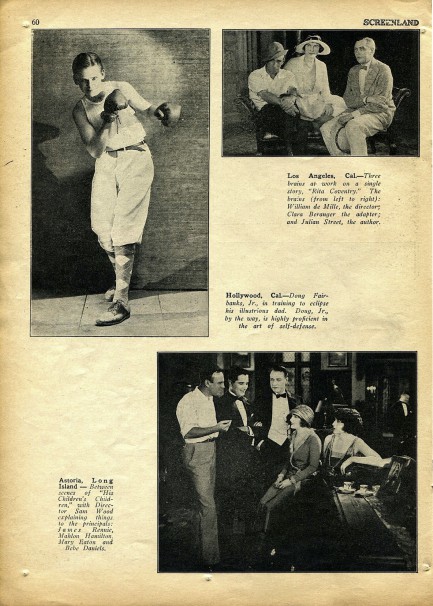
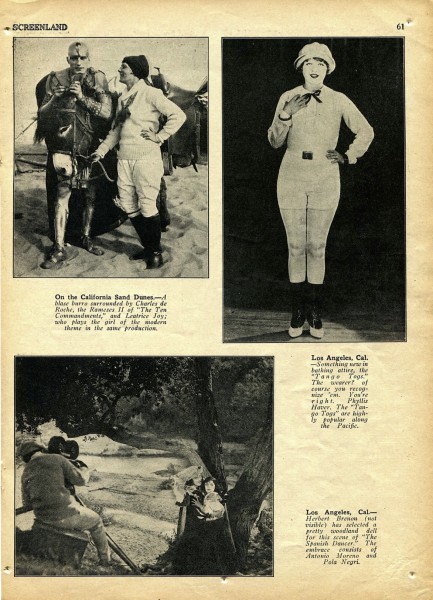
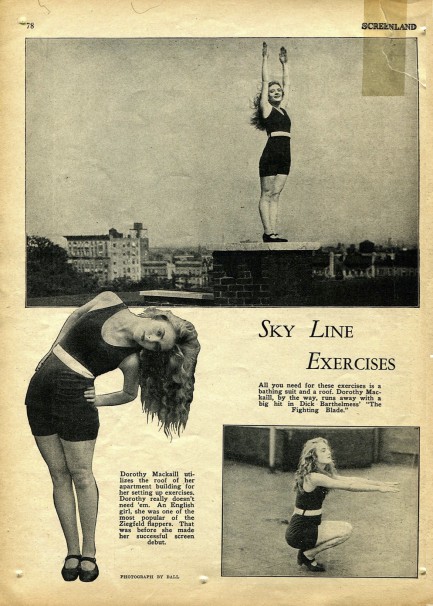
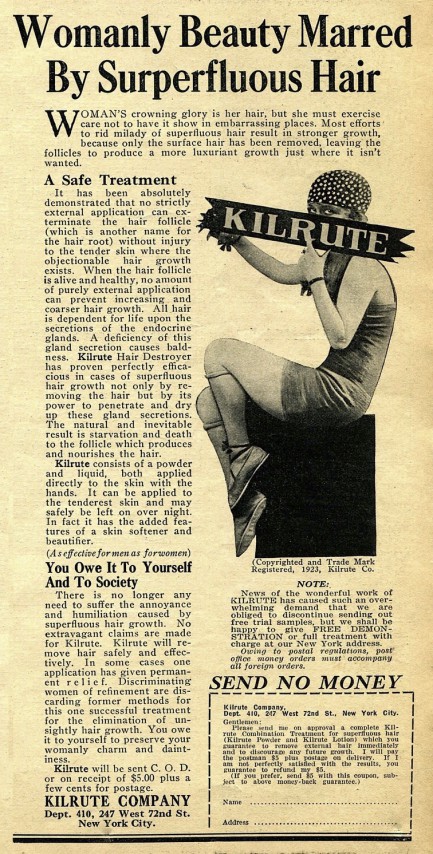
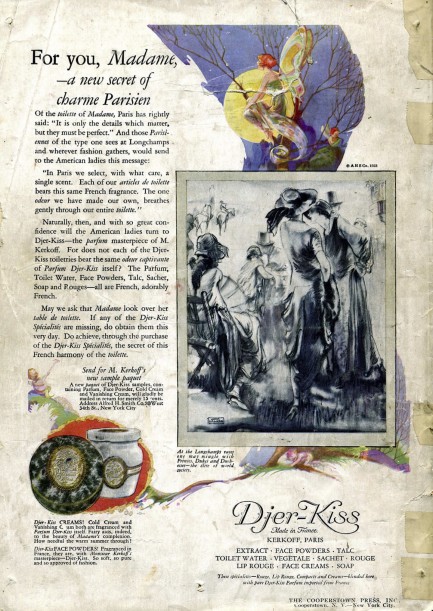
| Intl. Notebook | Mar 16 2014 |

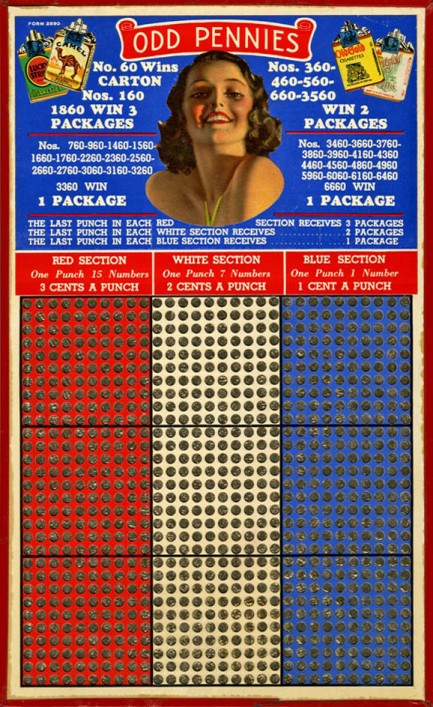
Punchboards such as the one you see above originated during the 1700s, and by the early 1900s were being produced at a rate of millions per year. They hit the peak of their popularity during the 1930s and 1940s and were generally found in bars and other places of merriment. So, what were they? Basically, you’d pay pennies to select numbers and if you punched out the right one you’d win something. That something used to be money, which made these similar to lottery tickets, but when that type of gambling came under legal pressure from state governments, the prizes became goods such as beer, cigarette lighters or, in this case, cigarettes. What makes this Odd Pennies punchboard particularly collectible is the art by pin-up king Rolf Armstrong. Probably 1940-ish on this item.
Update: We got an email from Joe R., who writes: "RE: the Lucky Pennies post, the Lucky Strikes package went from green to white in 1942 (the famous "Lucky Strike Green has gone to war" ad campaign), so there's a good possibility that this punchboard goes back to the 1930s.
Joe: Thanks for writing in. Now that you mention it, we think you're right. We took a detailed look around the interwebs and some of the other punch boards Armstrong illustrated actually go all the way back to the late 1920s, apparently. So mid-1930s seems like a good deduction on the date here.
| Vintage Pulp | Dec 3 2013 |

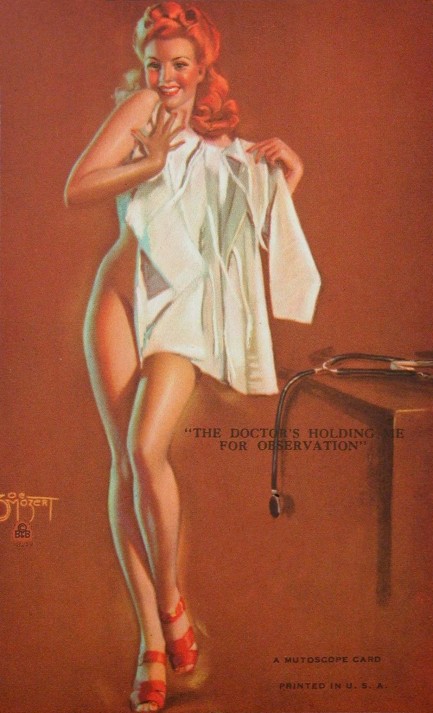
In 1894 a motion picture device called Mutoscope was invented. It worked by flipping a series of cards printed with still photographs. The cards featured slightly different versions of the same scene shot in sequence, and viewing them in rapid succession created a motion picture. Basically, the Mutoscope was an arcade attraction, and the films, viewed by one customer at a time through a peephole, often featured racy material. Much later, during the 1940s, a company called the International Mutoscope Reel Company began publishing what it called mutoscope cards. These were never meant to be used in actual Mutoscopes—instead they were cheaply printed pin-up paintings that people bought as novelties. We came across a set at an auction site recently, and so you see some here. These are collectible today because the artists were luminaries such as Earl Moran, Zoe Mozert, Billy Devorss and Gil Elvgren, and we have examples from those four and others below.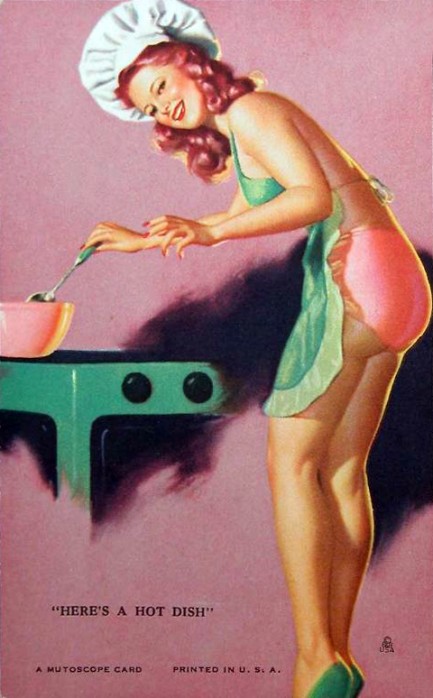
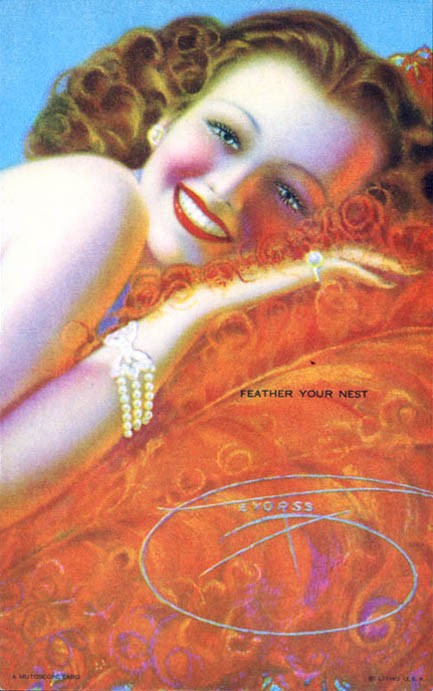
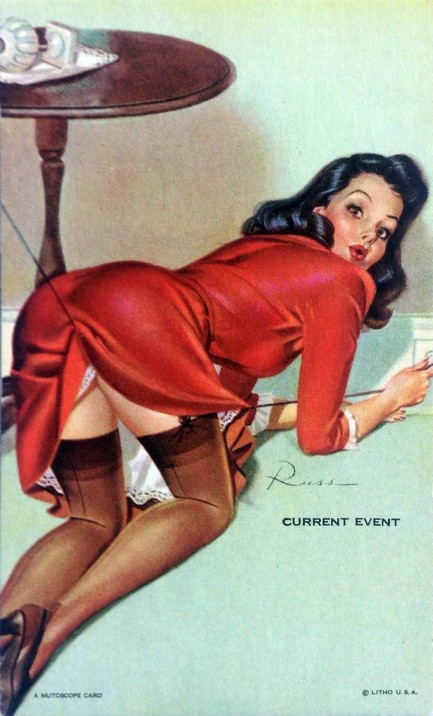
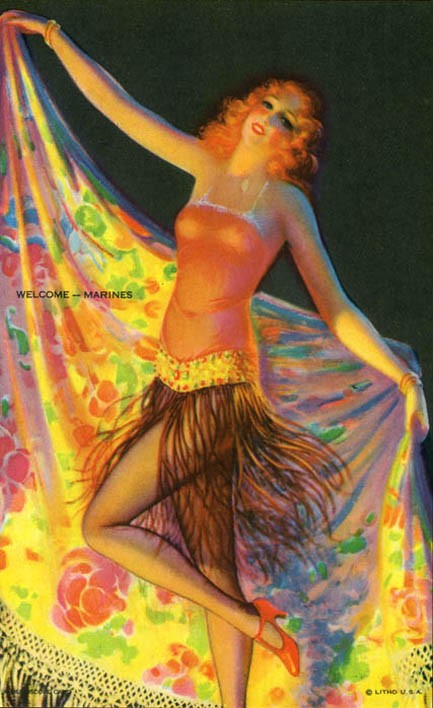
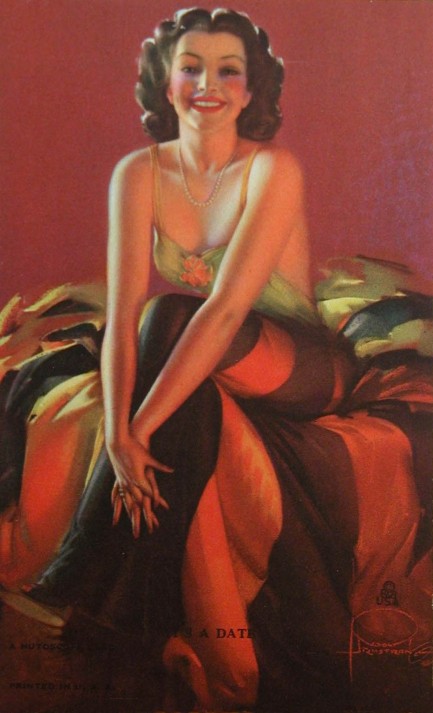
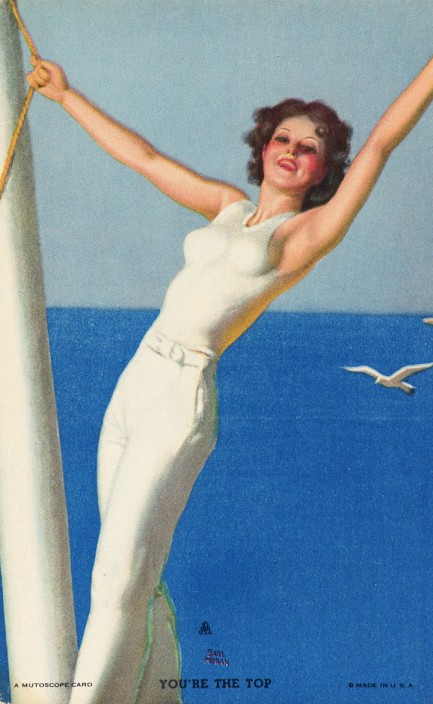
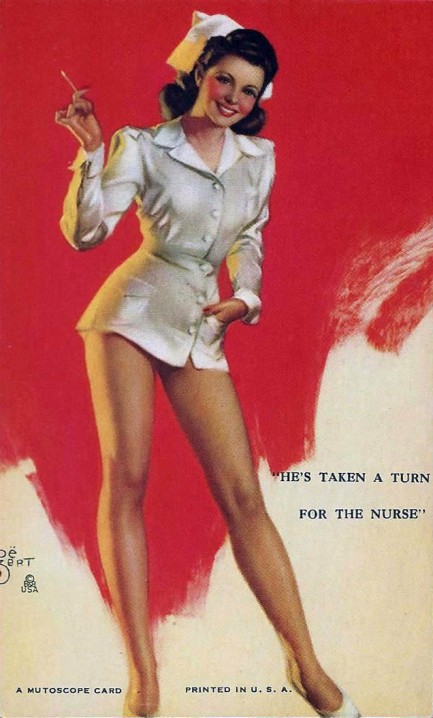
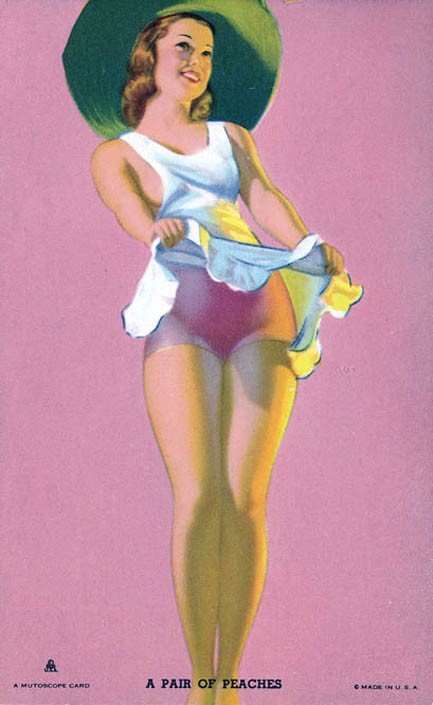
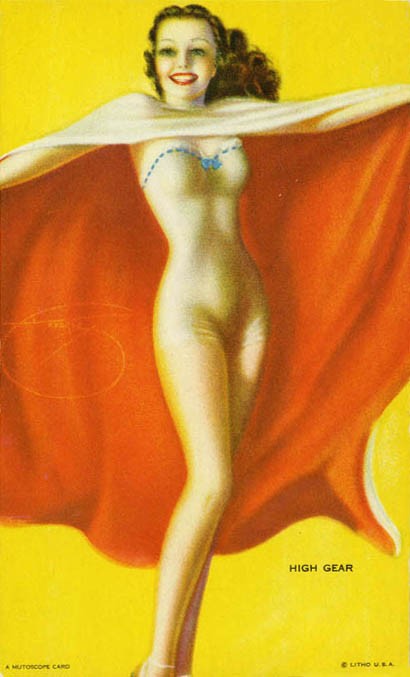
| Vintage Pulp | Oct 22 2013 |

Below are five more covers of College Humor magazine with art by Rolf Armstrong. During the 1920s and 1930s, Armstrong made his income illustrating sheet music covers and magazines, and later he became known as a portraitist, painting likenesses of Mary Pickford, Greta Garbo, and Boris Karloff, among others. He also worked in advertising for RCA, and was a sought after calendar artist. We’ll have more from him soon, and you can see our previous post of five College Humor covers here.


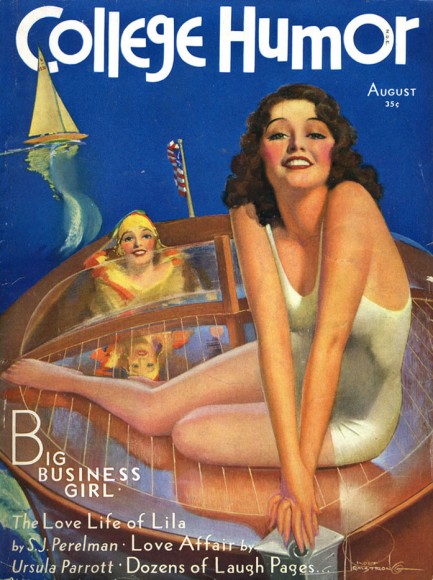
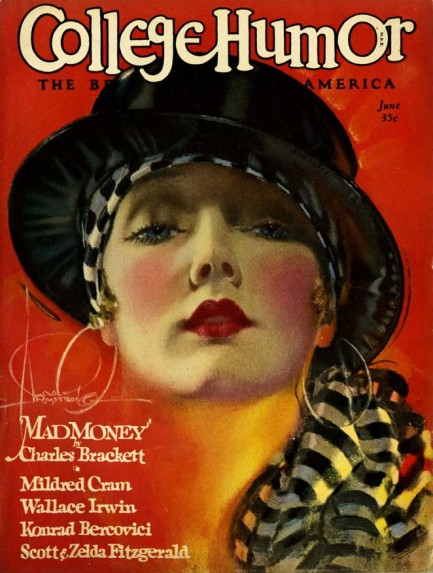
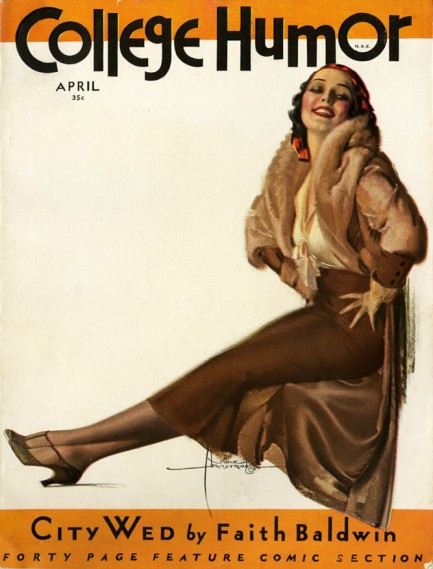
| Vintage Pulp | Sep 25 2012 |

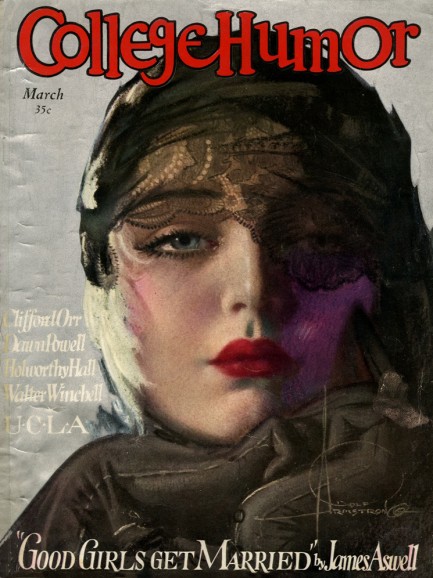
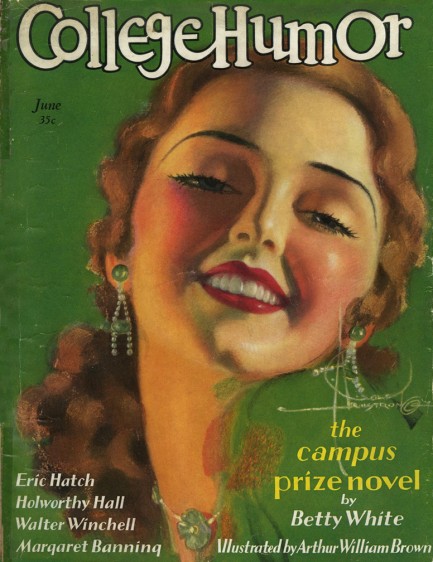
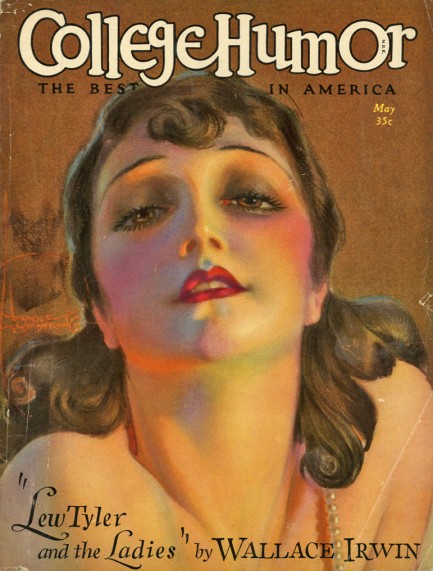
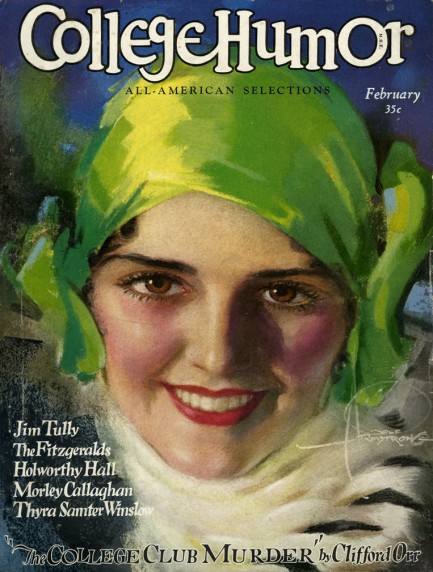
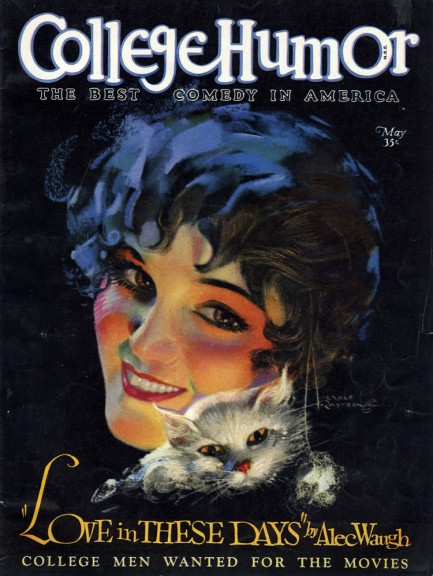
Above, five covers of the American humor magazine College Humor, which ran from the 1920s to 1940s and counted among its contributors Robert Benchley, Groucho Marx, F. Scott Fitzgerald, Zelda Fitzgerald, and many other leading literary personalities of the age. This group, with covers by pin-up artist Rolf Armstrong, appeared between 1928 and 1930.




































































